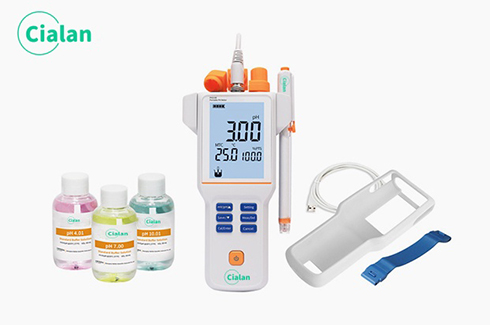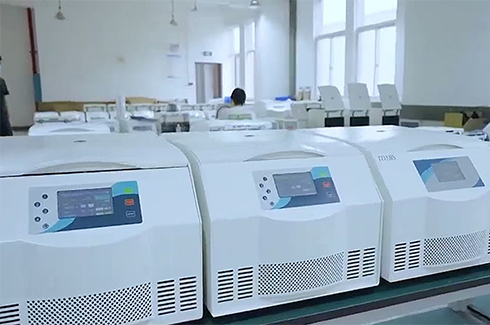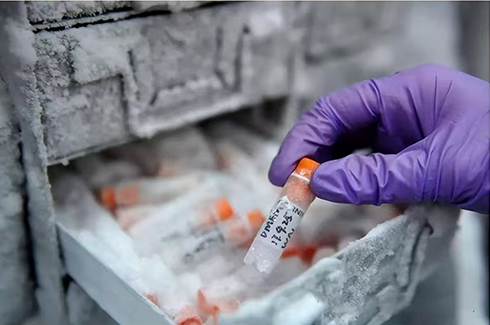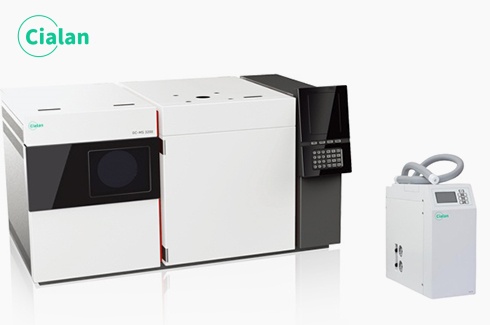Light spectrum, chromatography, mass spectrometry and wave spectroscopy in the field of detection.
1. Ultraviolet light spectrum UV
Analysis principle: Absorption of ultraviolet light energy causes a transition of electron energy in molecules
Spectrum: relative absorbed light energy changes with absorbed light wavelength
Information provided: the position, intensity and shape of the absorption peak, providing information on the different electronic structures in the molecule
When a substance molecule absorbs ultraviolet light of a certain wavelength, the valence electrons in the molecule transition from low energy to high energy, resulting in an absorption spectrum that is larger than the ultraviolet spectrum. Purple light absorption spectroscopy is mainly used to determine conjugated molecules, components and equilibrium constants.

2. Infrared absorption spectroscopy IR
Analysis principle: Absorbing infrared light energy causes vibration and rotational energy transition of molecules with even moment changes.
Spectrum: relative transmitted light energy changes with transmitted light frequency
Information provided: position, intensity and shape of peaks, providing characteristic vibrational frequencies of functional groups or chemical bonds
The characteristic absorption peaks of the infrared spectrum correspond to molecular groups, so the molecular structural formula can be inferred from the infrared spectrum.
3. Nuclear Magnetic Resonance Spectroscopy NMR
Analysis principle: In an external magnetic field, the atomic nucleus with nuclear magnetic moment absorbs radio frequency energy and produces a transition of nuclear spin energy.
Spectrum: change of absorbed light energy with chemical shift
Information provided: chemical shift, intensity, splitting number and coupling constant of the peak, providing information on the number of nuclei, chemical environment and geometric configuration
When the frequency of the external radio frequency field is the same as the frequency of the spin precession of the atomic nucleus, the energy of the radio frequency field can be effectively absorbed. So a given atomic nucleus is only a specific frequency radio frequency field can be absorbed energy in a given external magnetic field, thus forming a nuclear magnetic resonance signal.
4. Mass spectrometry MS
Analysis principle: Molecules are bombarded by electrons in a vacuum to form ions, which change according to different m/e through the electromagnetic field.
Information provided: mass number and relative kurtosis of molecular ions and fragment ions, providing information on molecular weight, elemental composition and structure
The analyzer of FT-ICR mass spectrometry is a cavity with a uniform (superconducting) magnetic field. The ions rotate in a circular orbit perpendicular to the magnetic field. The gyration frequency is only related to the magnetic field strength and the mass-to-charge ratio of the ions, so it can be separated. ions with different mass-to-charge ratios, and obtain mass-to-charge ratio-related spectra.
.jpg)
5. Gas Chromatography GC
Analysis principle: Each component in the sample is separated between the mobile phase and the stationary phase due to different distribution coefficients.
Spectra: post-column effluent concentration changes with retention value
Information provided: The retention value of the peak is related to the thermodynamic parameters of the component and is a qualitative basis.
A gas chromatograph is mainly composed of three parts: carrier gas, packed column, and detector.

6. Gel Chromatography GPC
Analysis principle: When the sample passes through the gel column, it is separated according to the different hydrodynamic volumes of the molecules, and the macromolecules flow out xian
Spectra: post-column effluent concentration changes with retention value
Information provided: average molecular weight of the polymer and its distribution
According to the nature of the gel used, it can be divided into gel filtration chromatography (GFC) using aqueous solutions and gel permeation chromatography (GPC) using organic solvents.
Analysis principle: Absorption of ultraviolet light energy causes a transition of electron energy in molecules
Spectrum: relative absorbed light energy changes with absorbed light wavelength
Information provided: the position, intensity and shape of the absorption peak, providing information on the different electronic structures in the molecule
When a substance molecule absorbs ultraviolet light of a certain wavelength, the valence electrons in the molecule transition from low energy to high energy, resulting in an absorption spectrum that is larger than the ultraviolet spectrum. Purple light absorption spectroscopy is mainly used to determine conjugated molecules, components and equilibrium constants.

2. Infrared absorption spectroscopy IR
Analysis principle: Absorbing infrared light energy causes vibration and rotational energy transition of molecules with even moment changes.
Spectrum: relative transmitted light energy changes with transmitted light frequency
Information provided: position, intensity and shape of peaks, providing characteristic vibrational frequencies of functional groups or chemical bonds
The characteristic absorption peaks of the infrared spectrum correspond to molecular groups, so the molecular structural formula can be inferred from the infrared spectrum.
3. Nuclear Magnetic Resonance Spectroscopy NMR
Analysis principle: In an external magnetic field, the atomic nucleus with nuclear magnetic moment absorbs radio frequency energy and produces a transition of nuclear spin energy.
Spectrum: change of absorbed light energy with chemical shift
Information provided: chemical shift, intensity, splitting number and coupling constant of the peak, providing information on the number of nuclei, chemical environment and geometric configuration
When the frequency of the external radio frequency field is the same as the frequency of the spin precession of the atomic nucleus, the energy of the radio frequency field can be effectively absorbed. So a given atomic nucleus is only a specific frequency radio frequency field can be absorbed energy in a given external magnetic field, thus forming a nuclear magnetic resonance signal.
4. Mass spectrometry MS
Analysis principle: Molecules are bombarded by electrons in a vacuum to form ions, which change according to different m/e through the electromagnetic field.
Information provided: mass number and relative kurtosis of molecular ions and fragment ions, providing information on molecular weight, elemental composition and structure
The analyzer of FT-ICR mass spectrometry is a cavity with a uniform (superconducting) magnetic field. The ions rotate in a circular orbit perpendicular to the magnetic field. The gyration frequency is only related to the magnetic field strength and the mass-to-charge ratio of the ions, so it can be separated. ions with different mass-to-charge ratios, and obtain mass-to-charge ratio-related spectra.
.jpg)
5. Gas Chromatography GC
Analysis principle: Each component in the sample is separated between the mobile phase and the stationary phase due to different distribution coefficients.
Spectra: post-column effluent concentration changes with retention value
Information provided: The retention value of the peak is related to the thermodynamic parameters of the component and is a qualitative basis.
A gas chromatograph is mainly composed of three parts: carrier gas, packed column, and detector.

6. Gel Chromatography GPC
Analysis principle: When the sample passes through the gel column, it is separated according to the different hydrodynamic volumes of the molecules, and the macromolecules flow out xian
Spectra: post-column effluent concentration changes with retention value
Information provided: average molecular weight of the polymer and its distribution
According to the nature of the gel used, it can be divided into gel filtration chromatography (GFC) using aqueous solutions and gel permeation chromatography (GPC) using organic solvents.












